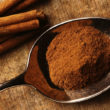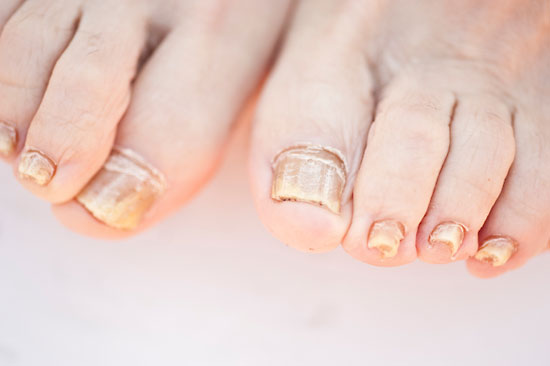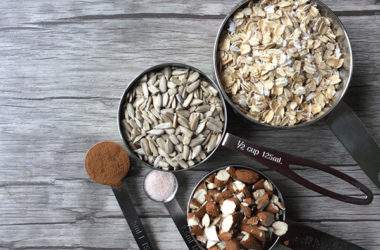You may think that a fungal infection may only strike the skin. The fact is it’s also possible for this condition to affect your nails. When fungi infect the fingernails or toenails, it’s called “onychomycosis”.
Experts say that about half of all the cases of nail abnormalities all over the planet can be attributed to fungal infection, and this makes onychomycosis a rather common problem. Although the condition can affect both the fingernails and toenails, the toenails are more prone to it.
Various Types of the Nail Infection
Health authorities categorize onychomycosis into 4 different kinds. It is possible for a person to suffer from only one of the following or even a combination:
- Proximal subungual onychomycosis – This happens when fungi penetrates and infects the nail plate that has just developed.
- Distal subungual onychomycosis – When the nail bed as well as the nail plate’s underside is infected by fungi, this kind of onychomycosis develops.
- White superficial onychomycosis or WSO – This particular type of fungal infection of the nails tends to produce chalky structures on the nails that look like white islands.
- Candidal onychomycosis – Candida, a type of fungus, is the one responsible for this particular type of onychomycosis.
Signs and Symptoms
The common signs and symptoms of onychomycosis vary depending on the type of nail infection you’re suffering from. Some of the things you may notice or observe are the following:
- Separation of the infected nail from the nail bed
- Thickened toenails or fingernails
- Distorted or crumbling nail edges
- Dull or yellowish coloration of the infected nails
- Painful toes or fingers
- Slightly foul odor coming particularly from the feet
- Development of dermatophytids or skin lesions
- Skin rashes and itchiness
Risk Factors
Anyone may suffer from onychomycosis. However, according to the experts, the fungal infection rarely affects kids and tends to become increasingly common with age. Individuals with diabetes as well as those with weakened immune system such as HIV and AIDS sufferers are more at risk.
Common Causes
Onychomycosis is caused by fungi although there are rare instances when the infection is caused by yeast or mold. The following are said to contribute to the development of this fingernail or toenail infection:
- Excessive sweating
- Hot and moist environment
- Walking barefoot in shower rooms and other similar places
- Ill-fitting footwear
- Wearing socks and shoes most of the time
- Poor blood circulation
- Weakened immune system
- Previous nail or skin fungal infection
- Heredity
Medical Treatments
The most common medical treatment for onychomycosis is the administration of topical antifungal creams or gels. During instances when the source of infection is not accessible to a topically applied solution, the intake of oral antifungal medications may be prescribed by a doctor too.
Laser therapy is one of the newer medical solutions to the nail infection. The nicest thing about laser is it’s capable of penetrating deep into the nail to address the root cause. The problem with using laser in the treatment of onychomycosis is it can be quite expensive and multiple sessions may be warranted.
There are instances when the removal of the infected nail may be recommended by a doctor. It may be removed with the use of a chemical or via a surgical procedure known as nail avulsion.
Home Remedies
If you have fungal infection of the fingernails or toenails, there are numerous home remedies that you may try. They are certainly not as expensive as some common medical treatments but just as effective. Opting for an all-natural solution also spares you from unwanted side effects. Some of the best home remedies for onychomycosis include:
- Tea tree oil – Because of its antifungal properties, tea tree oil helps in zapping onychomycosis. Dilute tea tree oil with olive oil before applying on affected nails using a cotton ball.
- Garlic – To take advantage of the antifungal properties of garlic, simply crush a clove and apply the oil on nails with the fungal infection.
- White vinegar – In a small basin, combine 1 part of white vinegar with 2 parts of warm water. Soak your hands or feet in it for about 10 to 15 minutes, then rinse very well.
- Vicks VapoRub – Many swear by the effectiveness of applying and leaving Vicks VapoRub on fingernails or toenails with the fungal infection.
- Oregano – If your have oregano in your garden, crush a couple of leaves and apply the oil on the affected nails.
- Turmeric – Add a few drops of water to turmeric powder to form a paste. Apply it on nails with onychomycosis and allow the yellow spice to kill off fungi.
- Yogurt – Applying plain yogurt on affected nails works wonderfully too.












